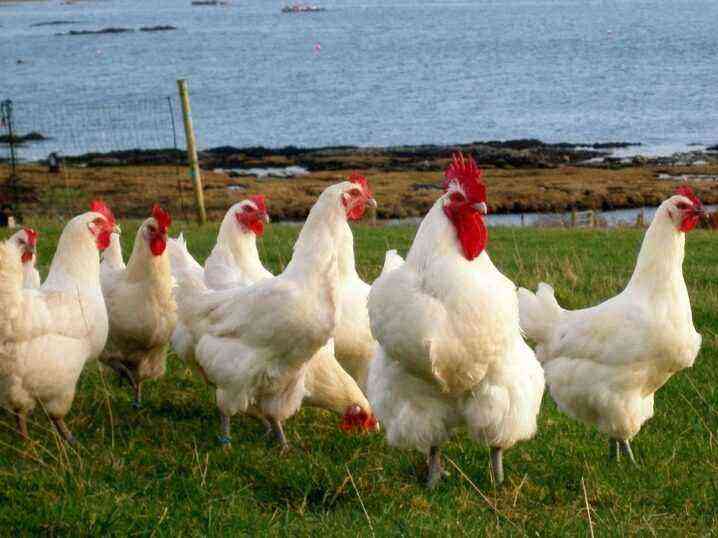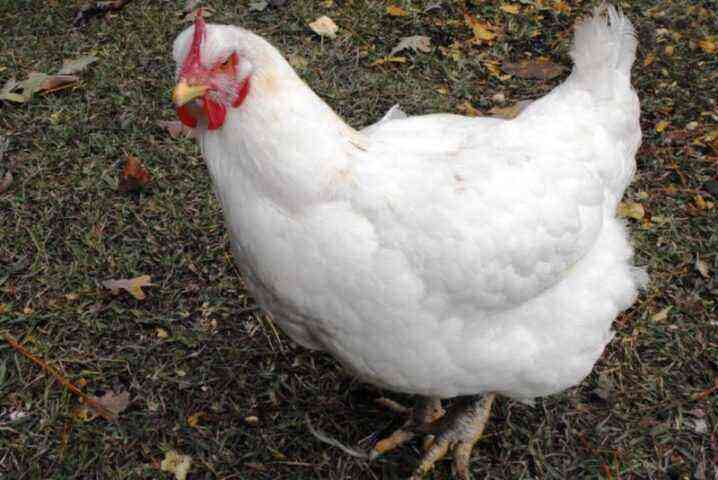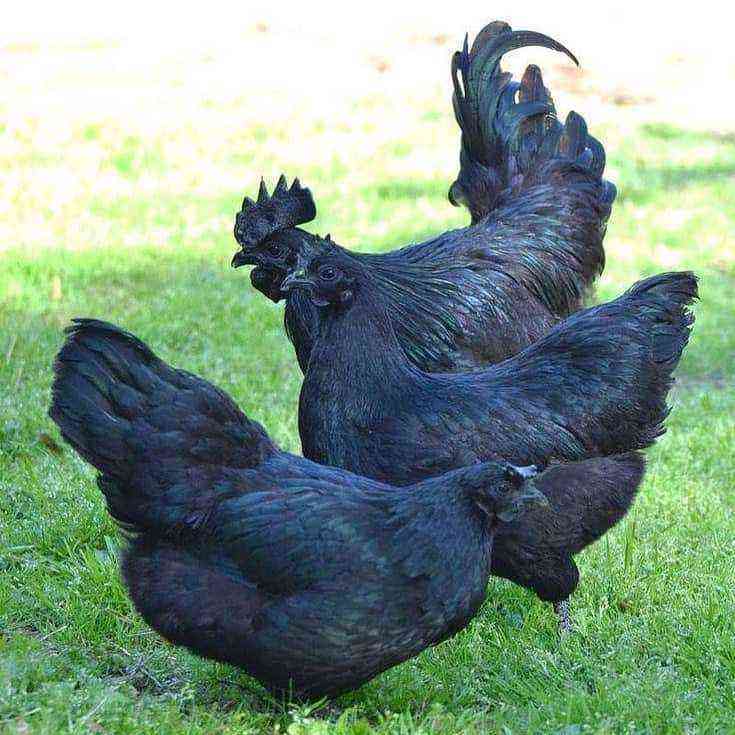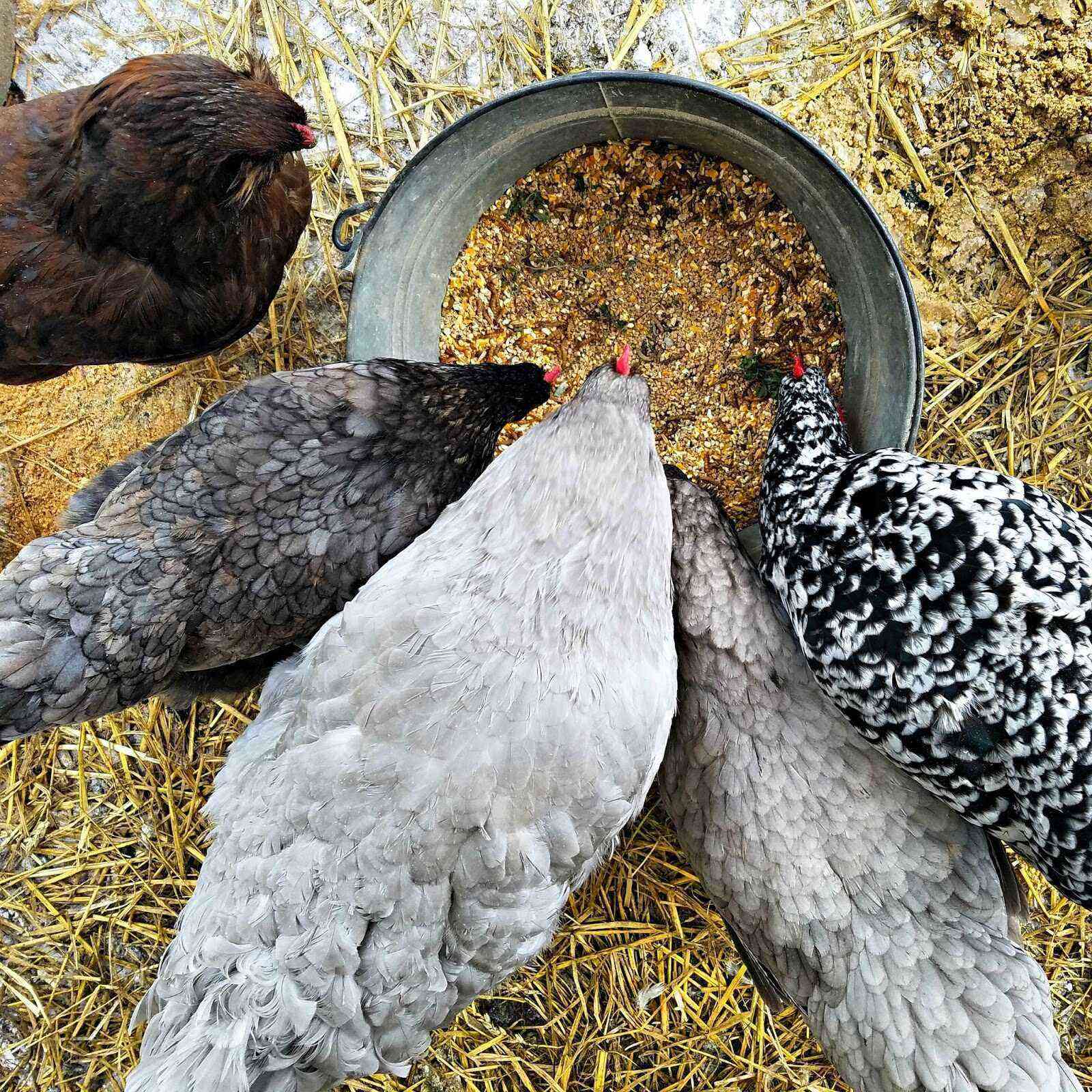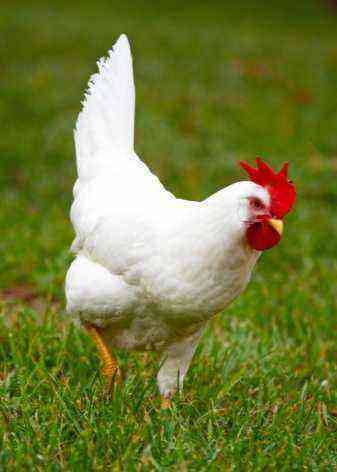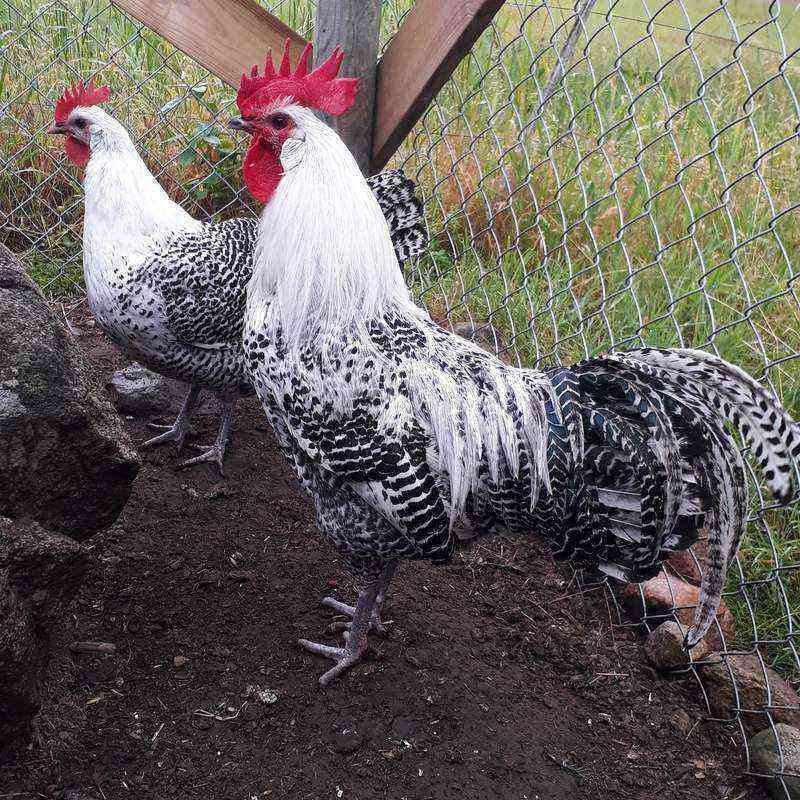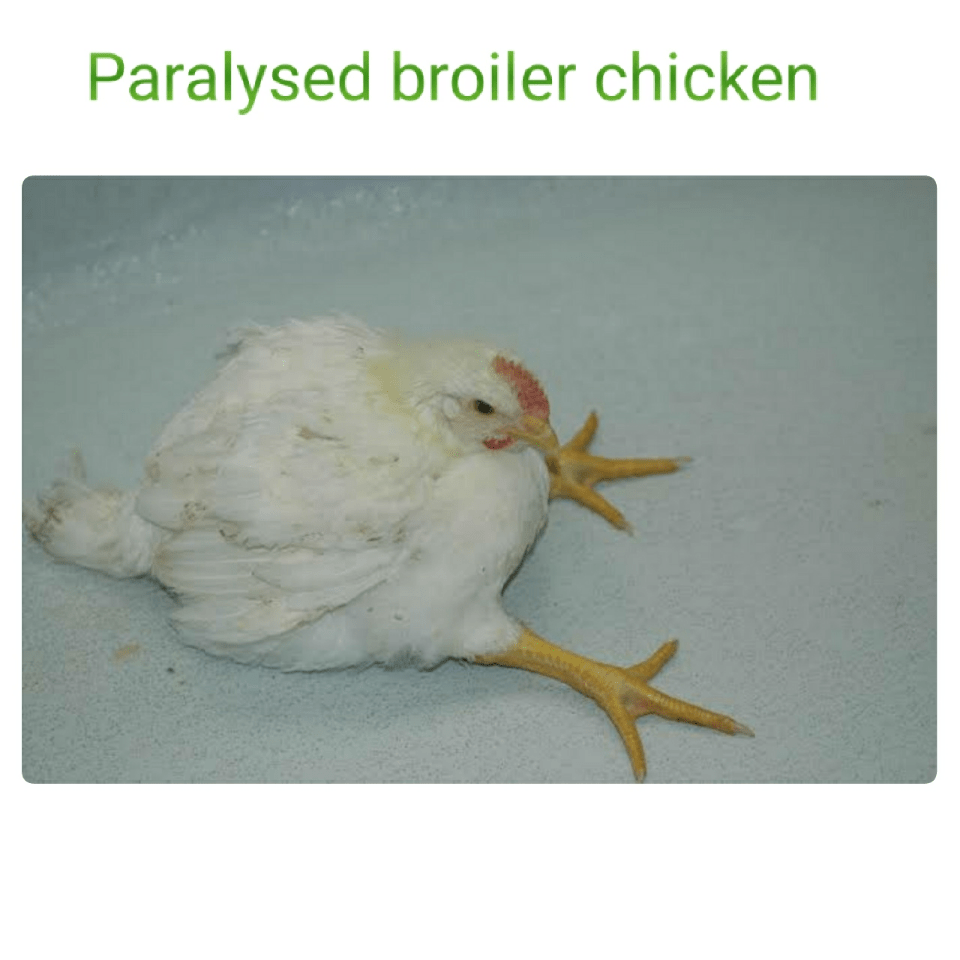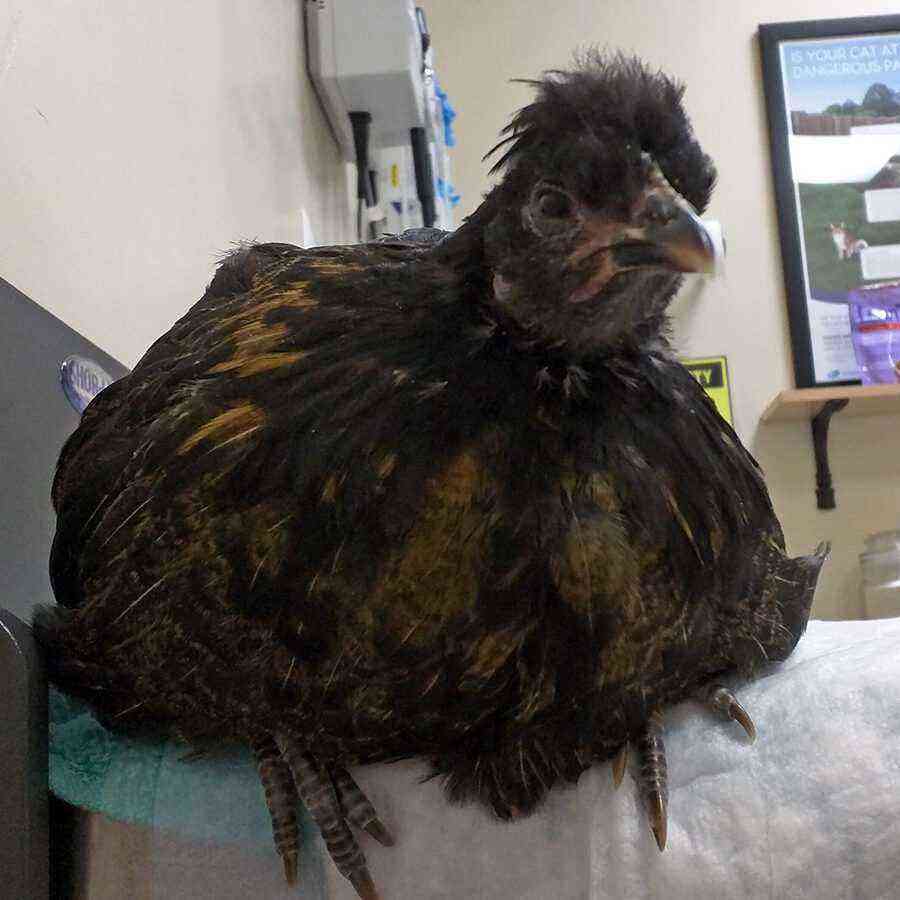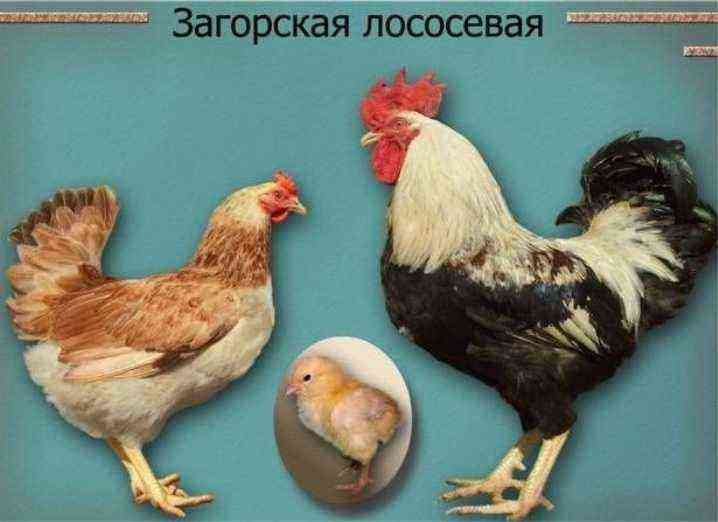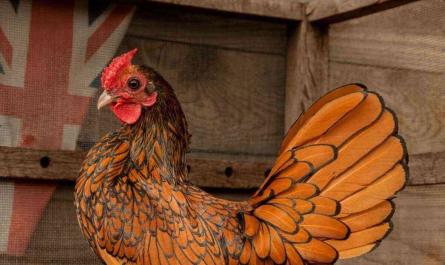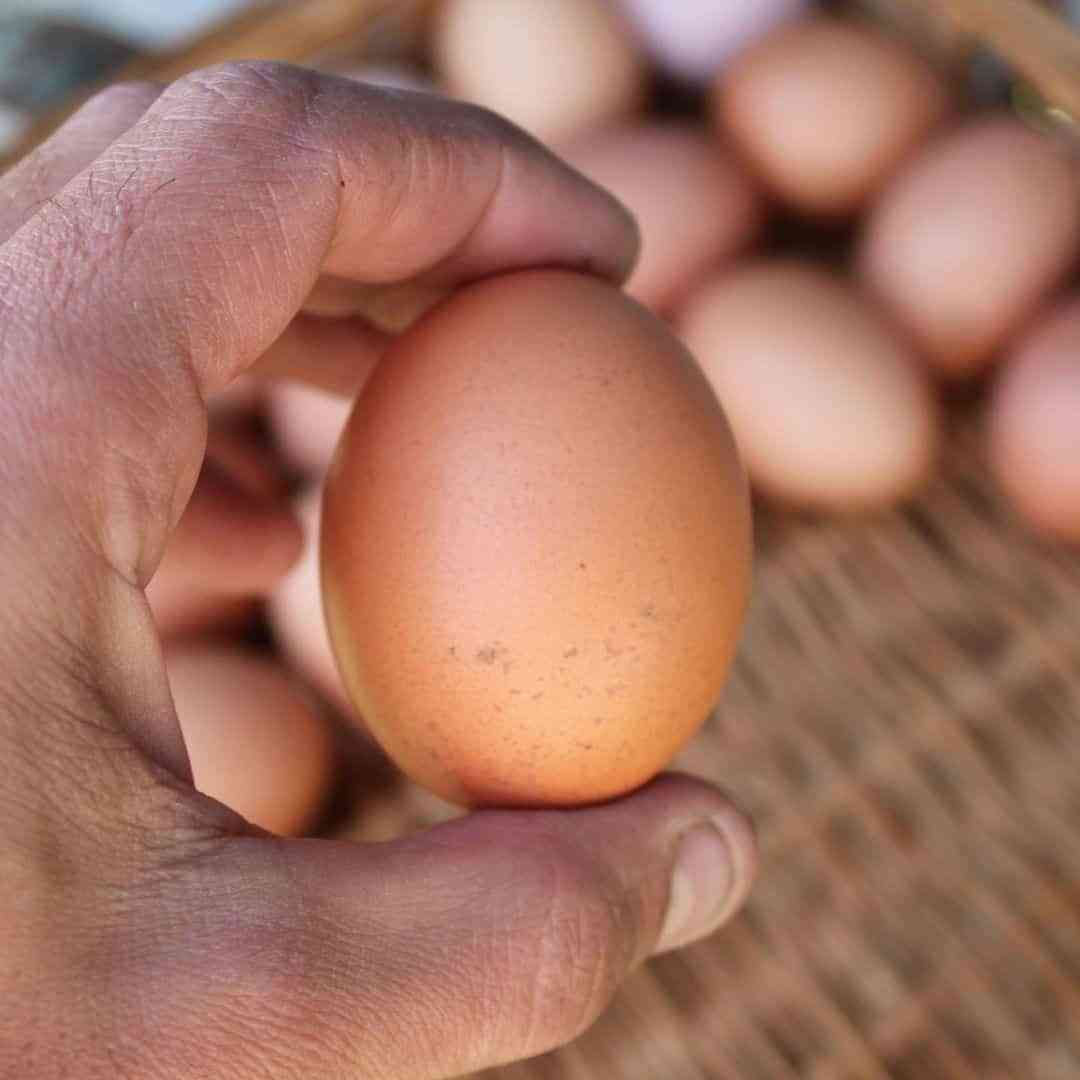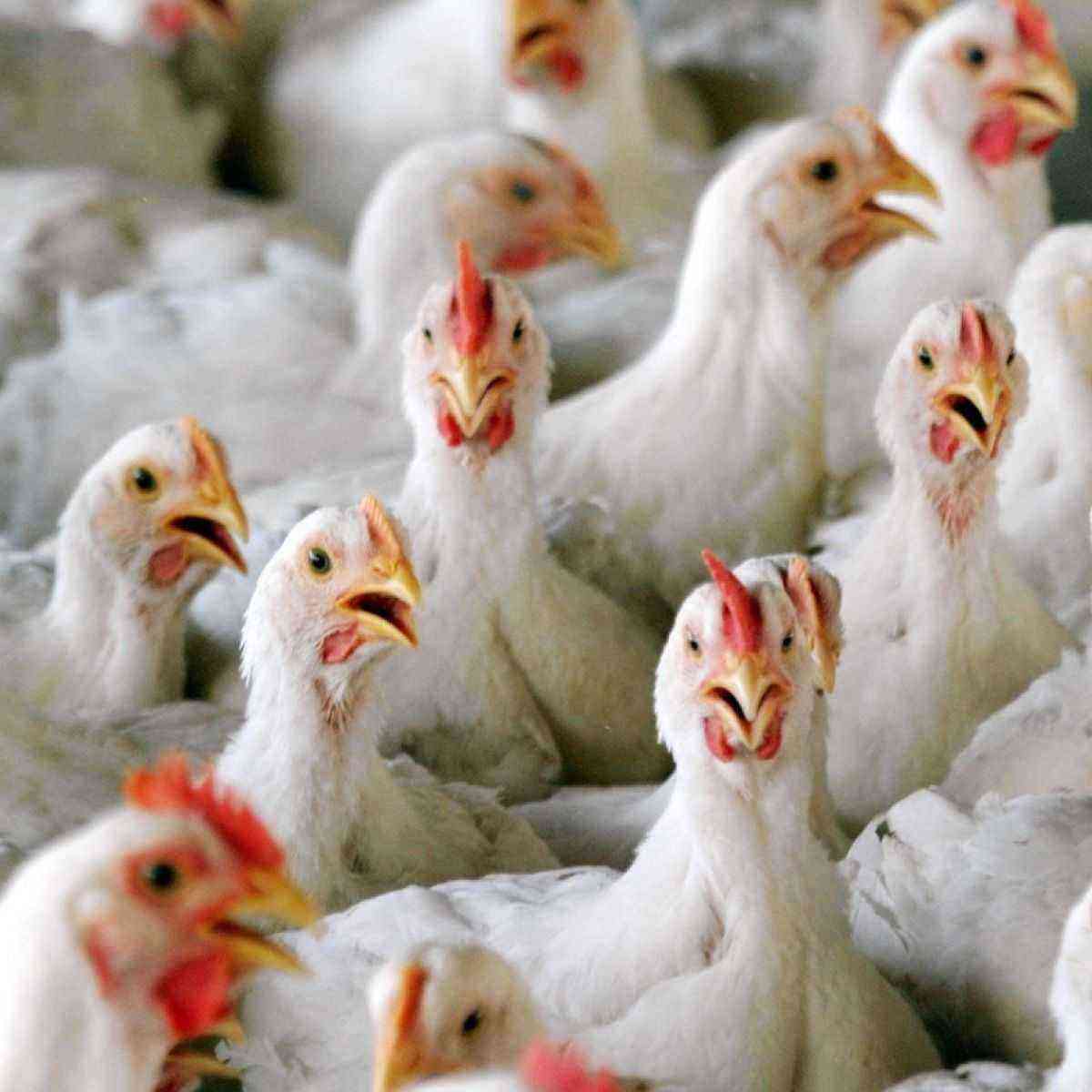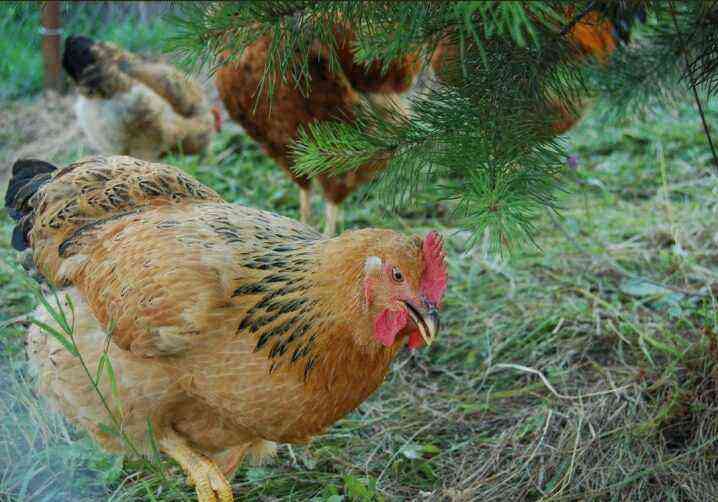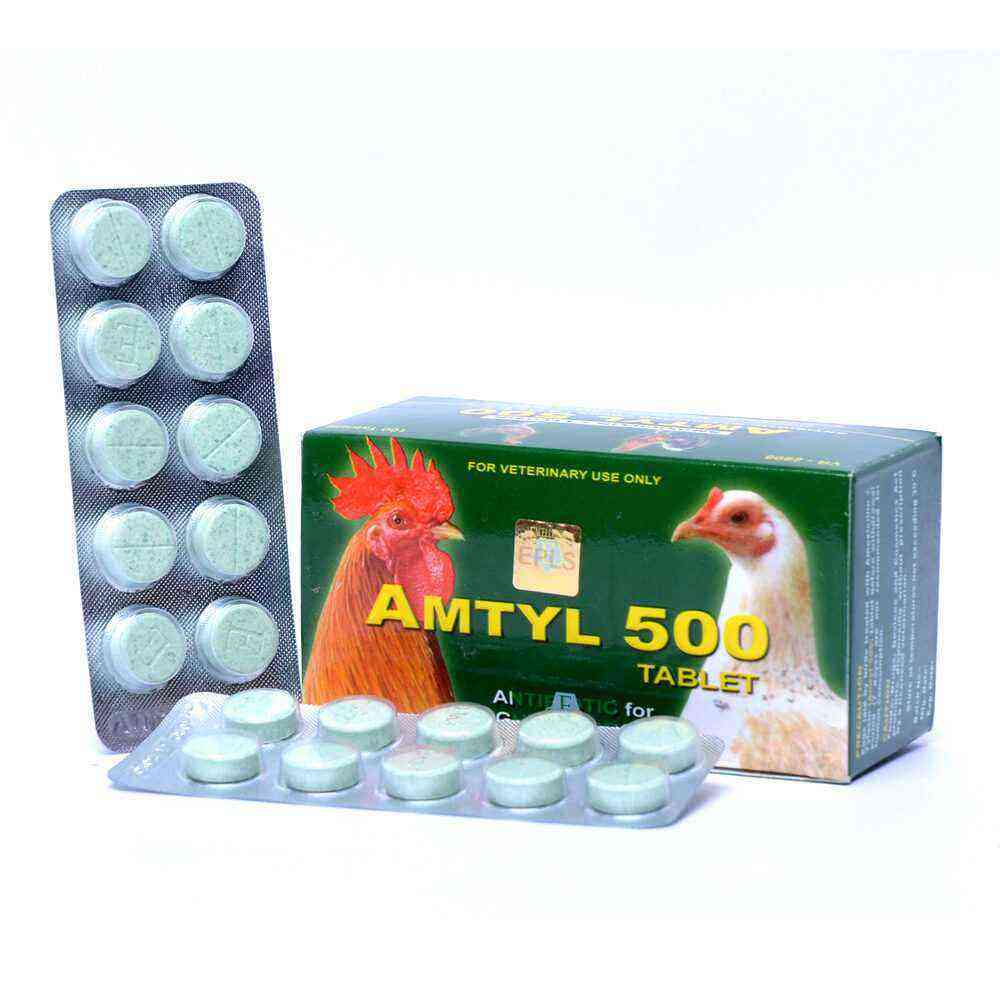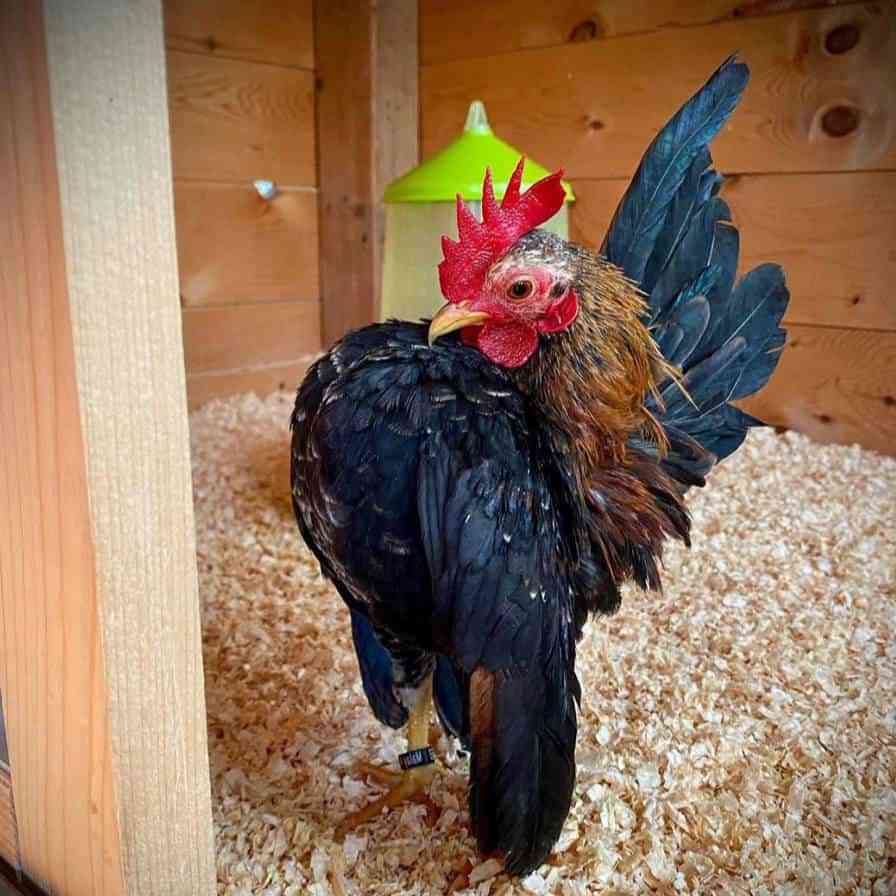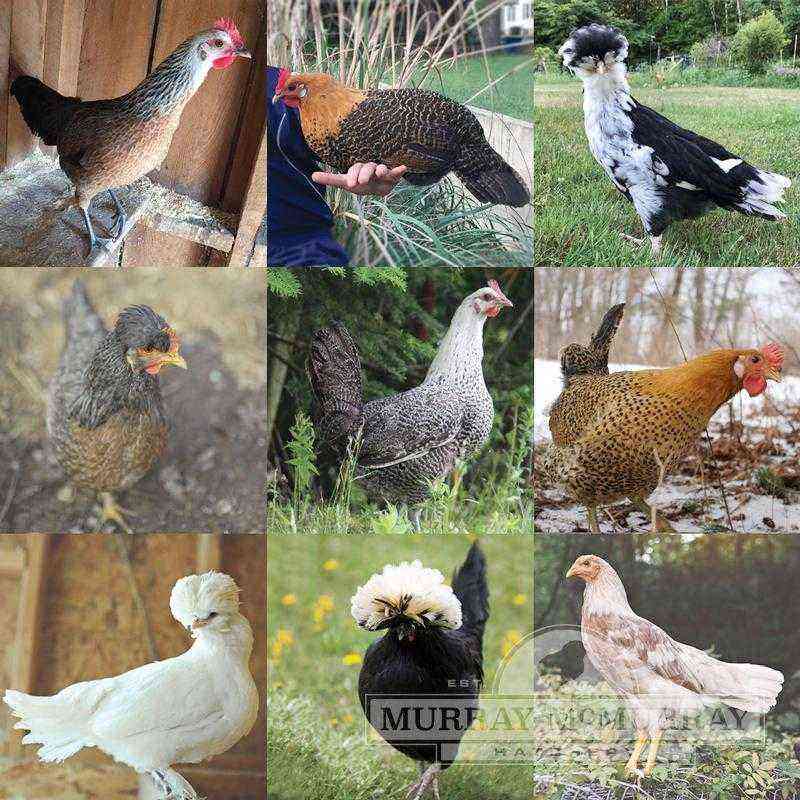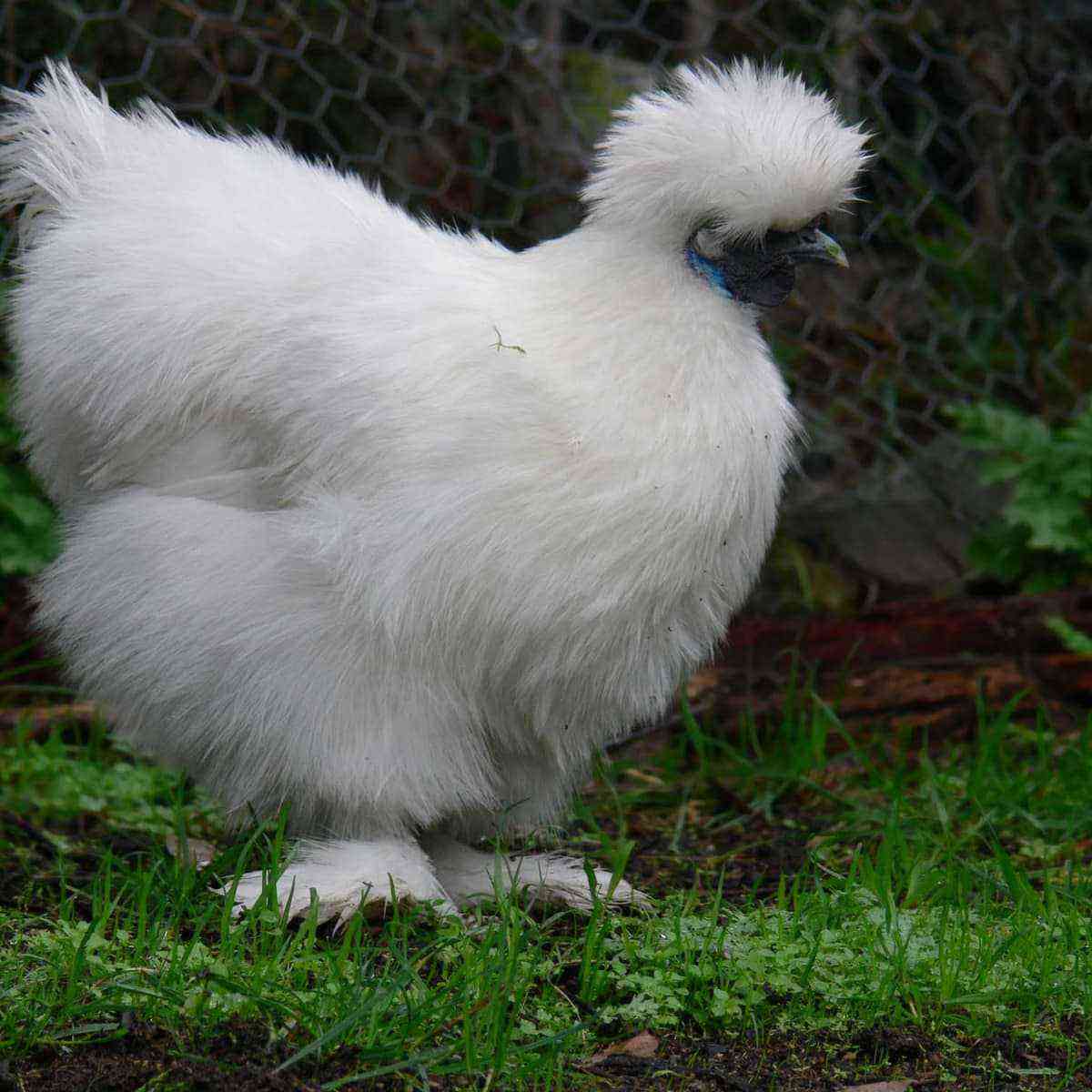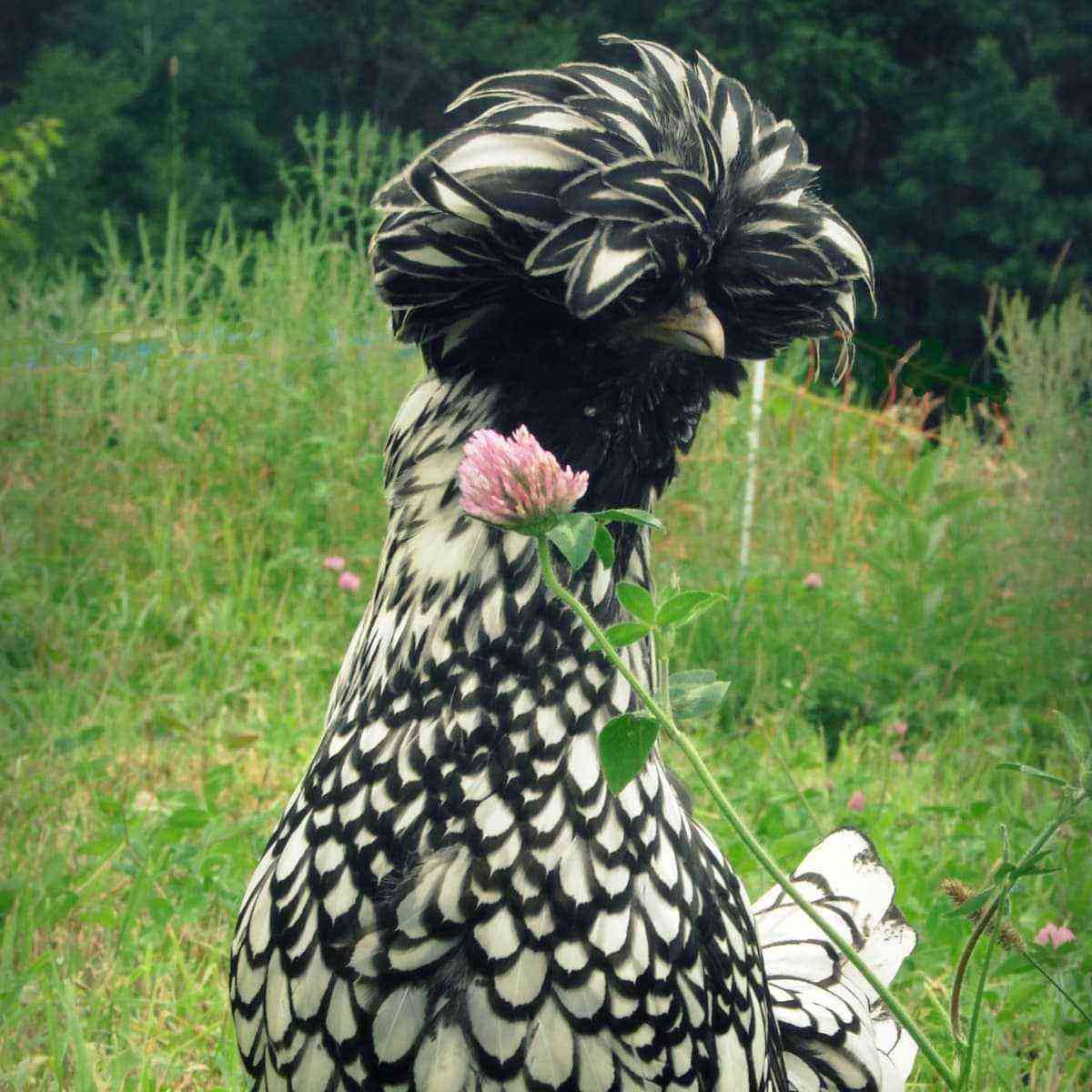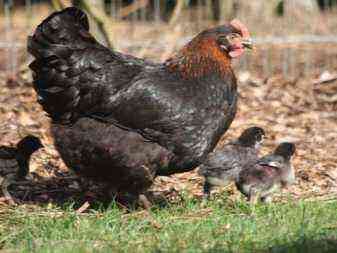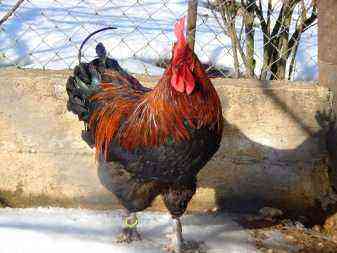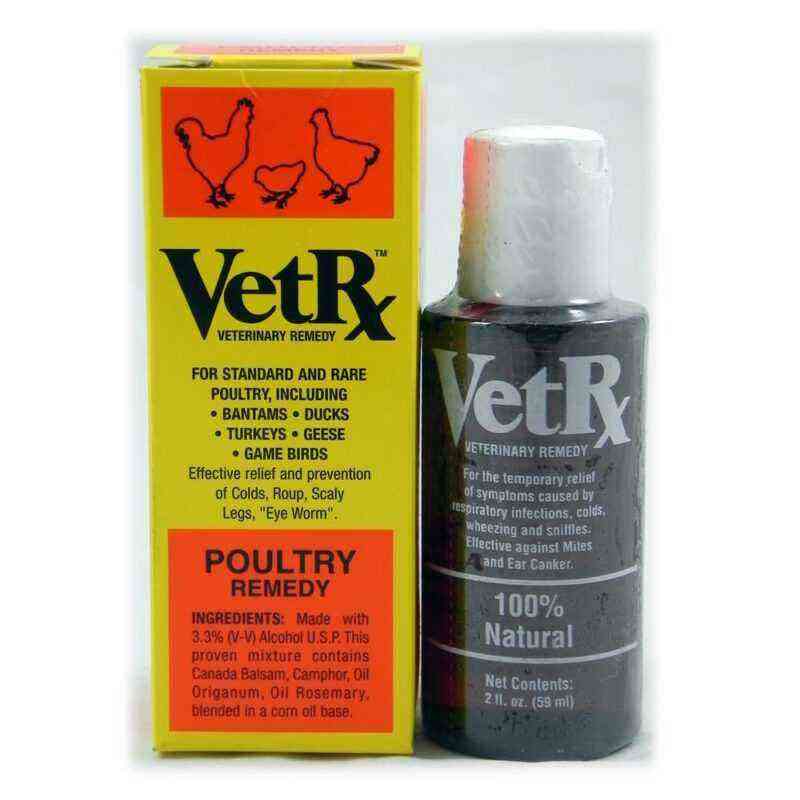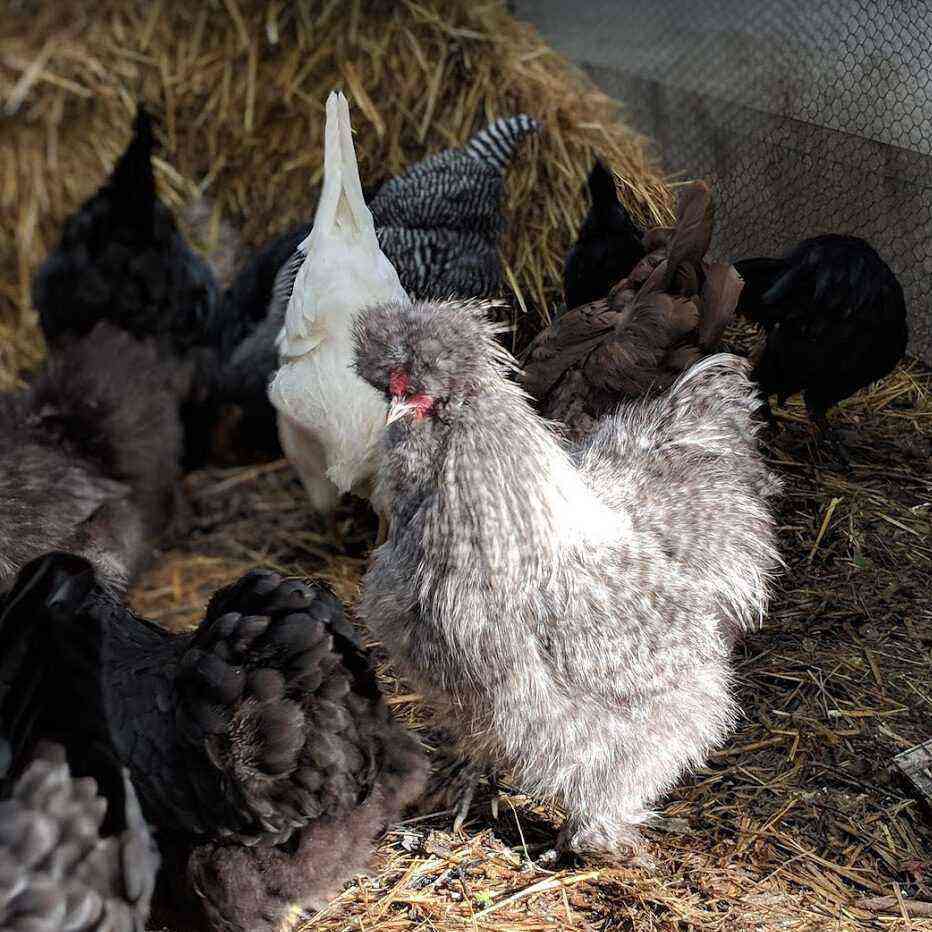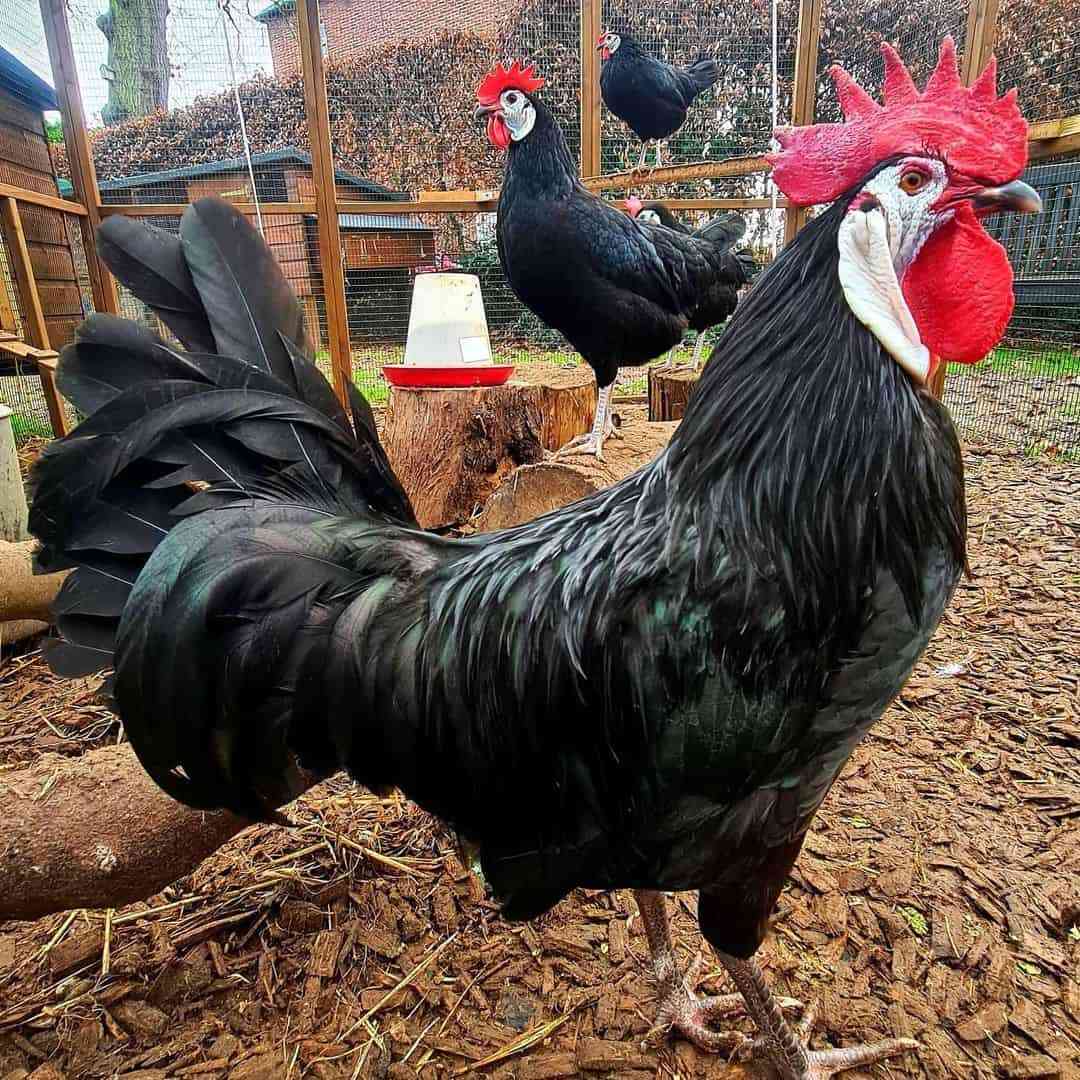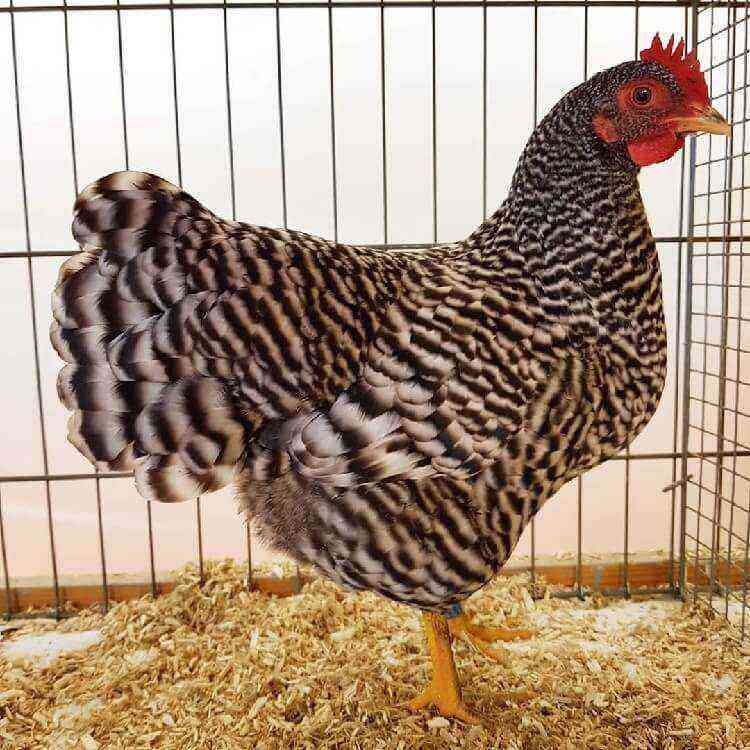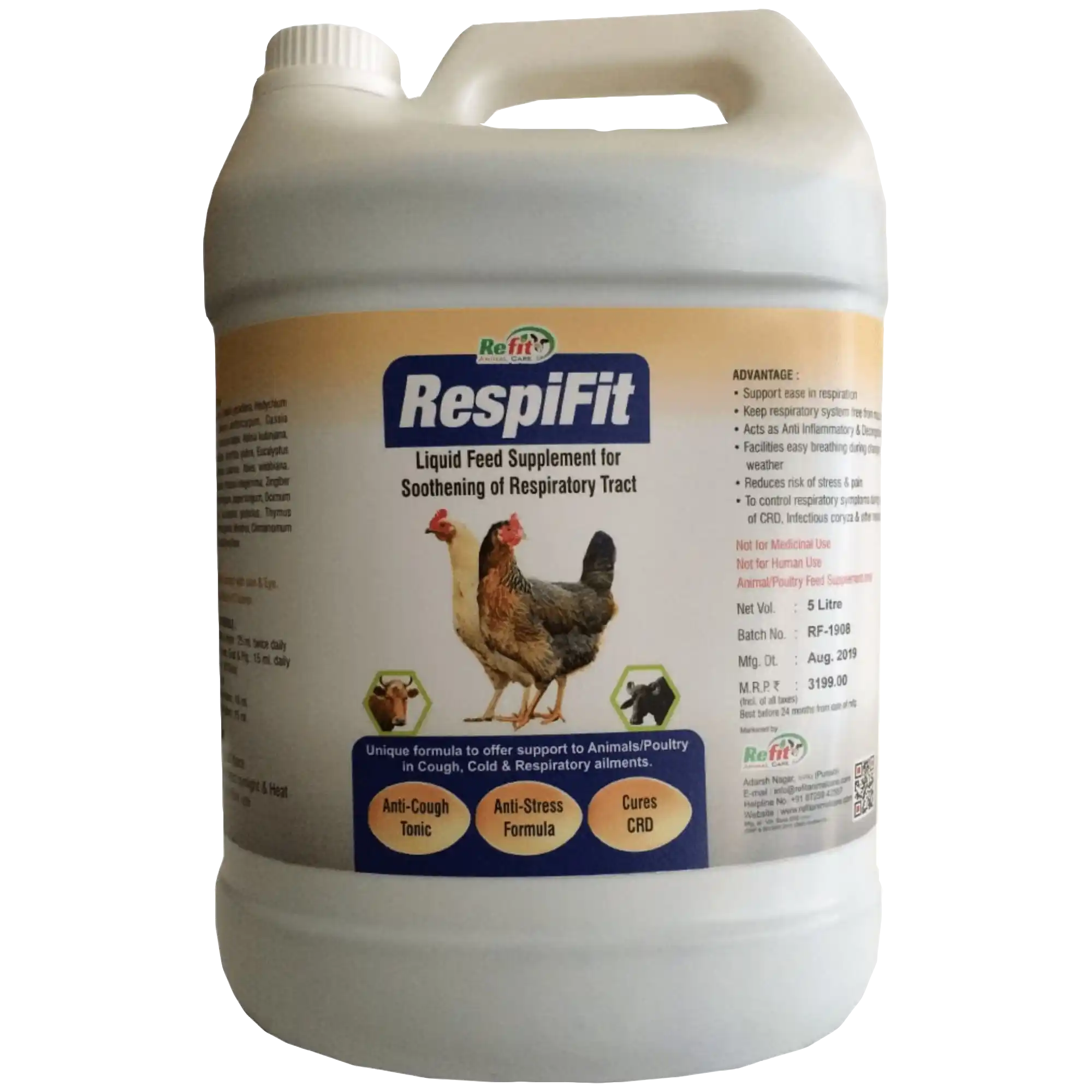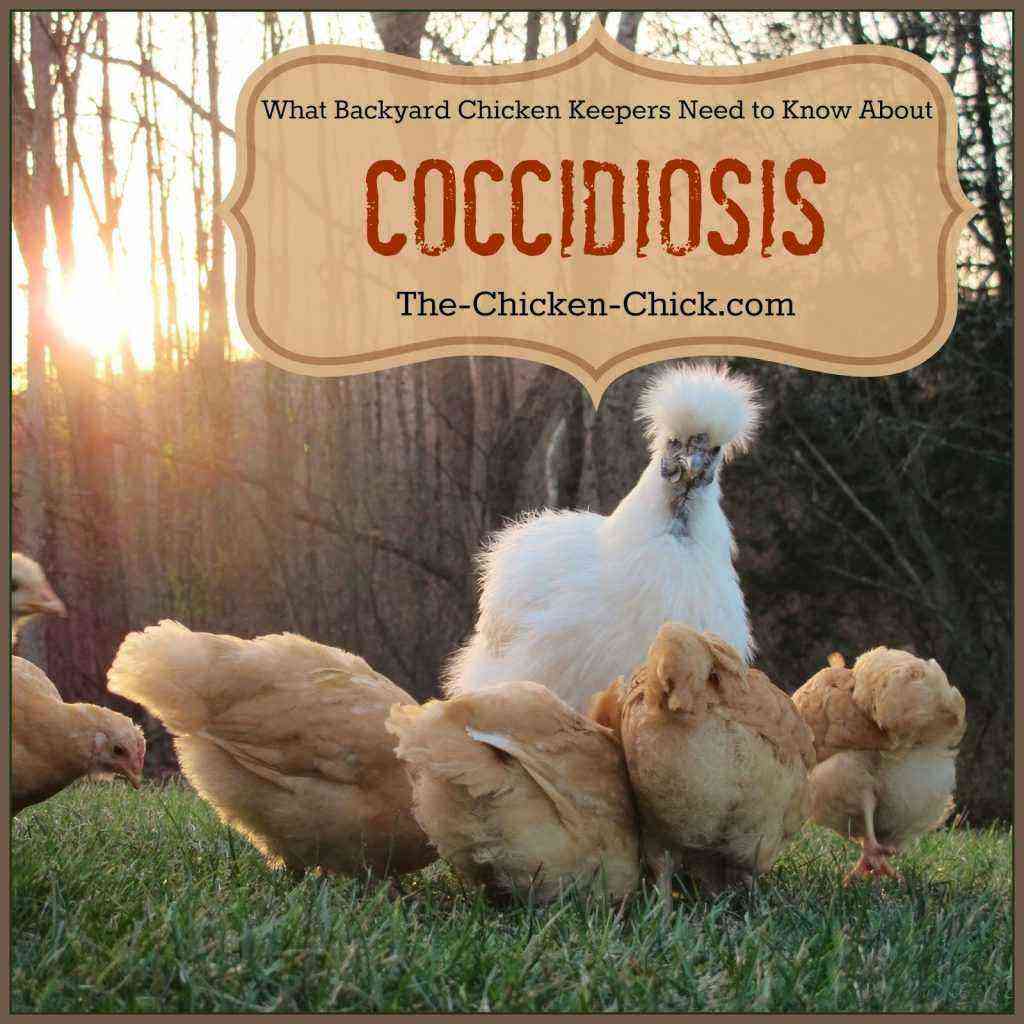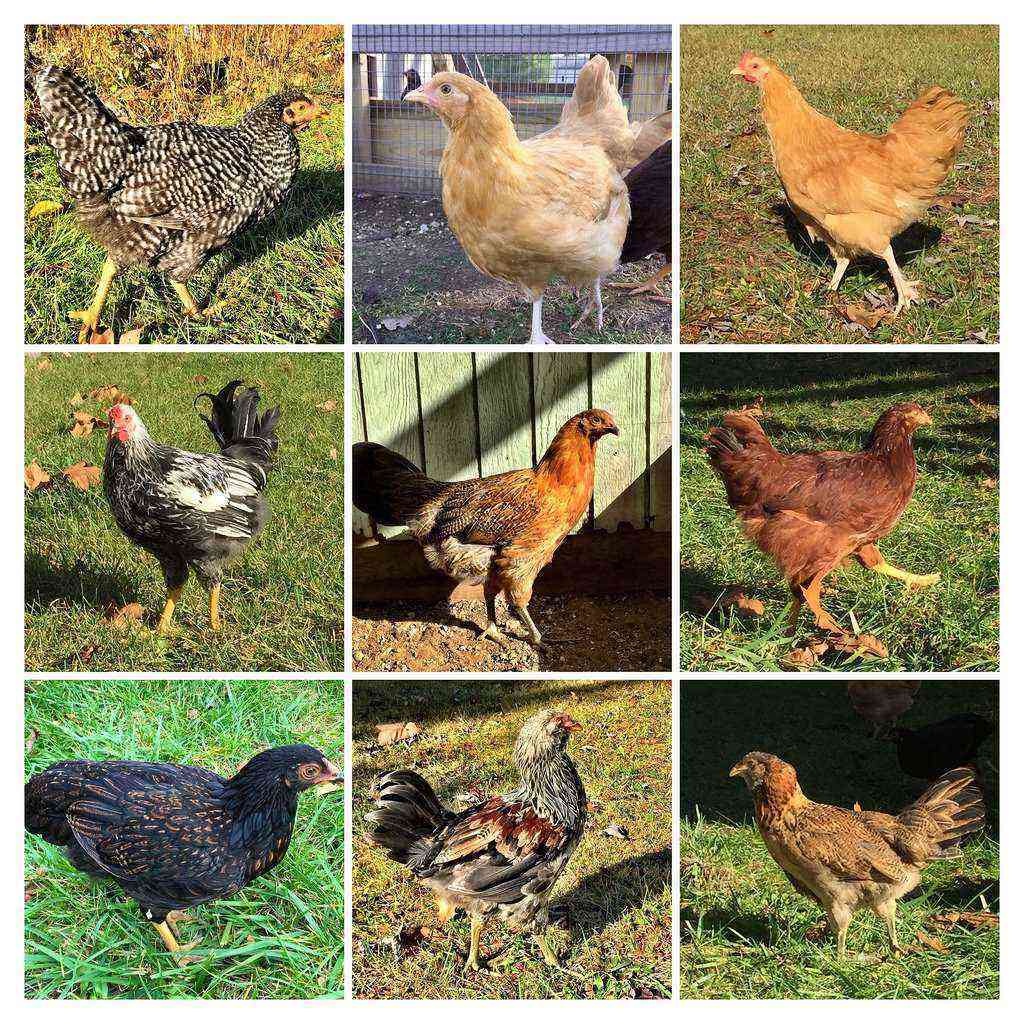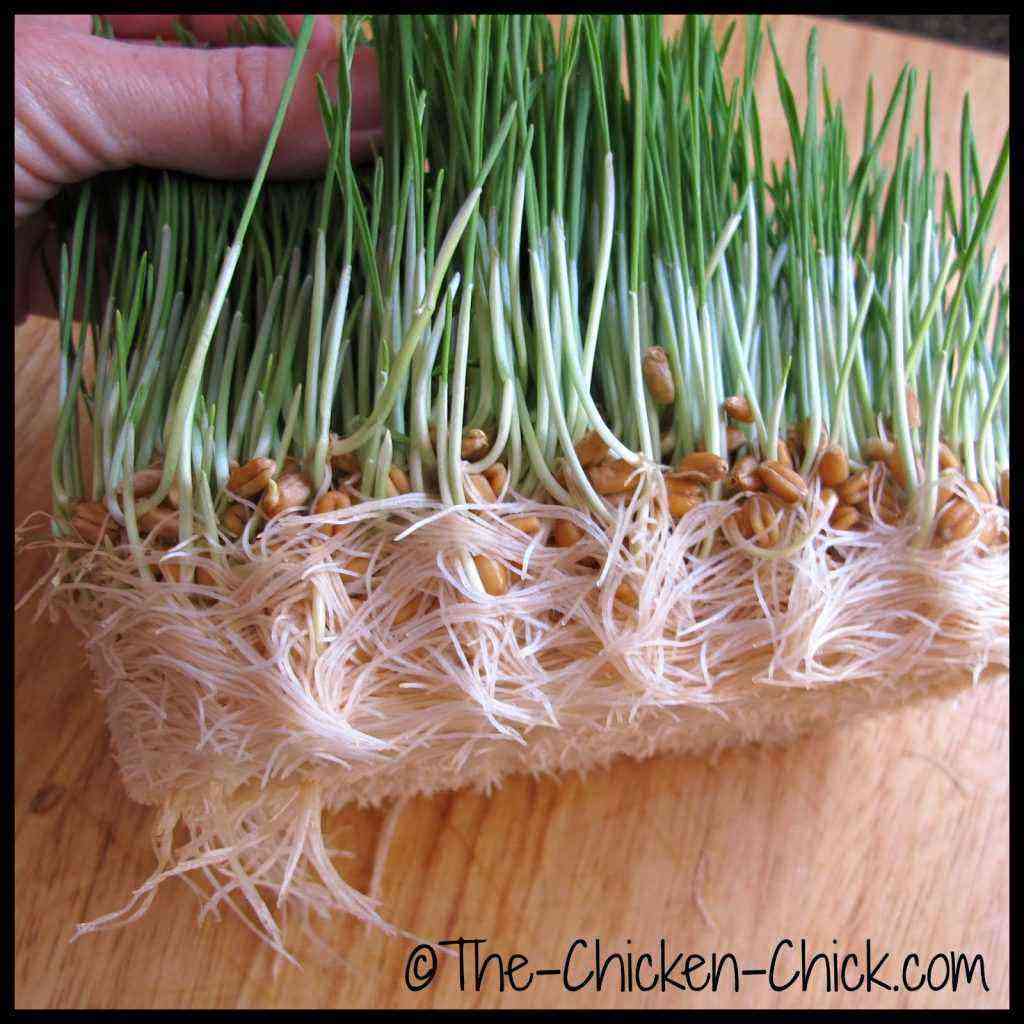One of the most common chicken breeds in the household is the Leghorn. It belongs to the egg direction of birds. For a year, laying hens are able to produce up to 230 eggs weighing 55-58 grams. The mass of the birds themselves is small. Chickens, as a rule, reach a weight of almost two kilograms, and roosters a little more than two and a half kilograms.
Despite their light weight, leggorns have a fairly wide, deep chest. Their distinguishing feature is the wedge-shaped body. The abdomen is striking in its volume. The comb of chickens of this breed usually hangs on its side. But in roosters it always remains straight. Earrings are red, and the beak and legs are dark in color.
The color of the feather in leghorns can be different: white, speckled and other shades.
Rhode Island chickens were bred in the USA in the middle of the 20th century. To increase their egg production, laying hens were crossed with leghorns, which have a brown color. New breeds and groups have been bred from Rhode Island many times, for example, Moscow Pantsirevsky and others. Until now, their selection continues in some countries of the world.
Rhode Island laying hens lay up to 240 eggs per year. The mass of the egg reaches seventy grams. The shell color is usually red-brown. Roosters of this breed grow up to three and a half and even more kilograms, laying hens gain up to two kilograms of eight hundred grams.
The body type of Rhode Island birds is rectangular. The back is quite wide and long. Earrings and lobes are red, medium in size. The leaf-shaped comb is straight, does not hang to the side. The short beak is reddish-brown and curved. These hens have strong, sturdy legs that are mostly bright yellow in color. There are many dark red feathers in the tail and all over the body. The black plumage present in the tail has a green tint. Over the course of time, aging, Rhode Island chickens become paler, their feathers grow dull.
